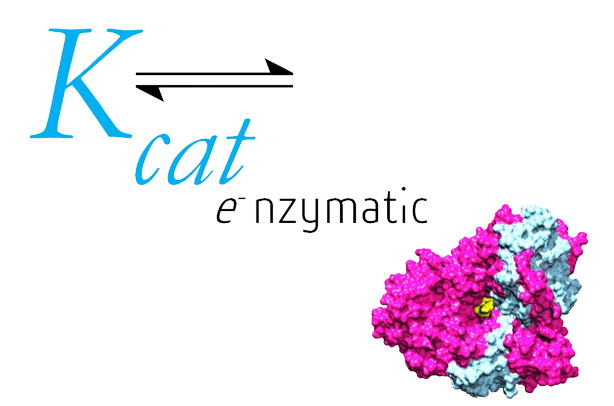Technology
Scale-Up framework for Industrial Enzyme/Protein Developments ®


7D- Grid-AI Enzyme Engineering Technology ®
- Kcat Enzymatic brings Enzyme Engineering & Biocatalysis Revolution by using upfront in-silico in-house developed methods and algorithms using 7D Grid Technology for enzyme engineering.
- 7D Grid Technology uses Quantum Mechanic probes to “capture information across the enzymatic reaction and across the enzyme-substrate system”. This information is used by AI methods, Convolutional Neural Networks, and Support Vector Machines, to predict the kinetic properties of the enzyme.
AI/ML Technologies For Enzyme Engineering
We have developed fine-tuned algorithms involving convolutional neural networks, support vector machines, and regression fitting to predict hotspots and substitutions in enzymes.


Mechanics Of Kcat Enzymatic’s Enzyme Engineering Framework
Still, most enzyme engineering project relies on directed evolution although it is an expensive affair. Our aim is to disrupt this and make engineering very much possible with fewer experiments. On average it takes a minimum of 5000 enzyme variants to be tested in the lab to make an enzyme that works on the industrial scale and that “makes a business”.
In-Silico Guided CRISPR-Cas9 Driven Enzyme Engineering Technology
Salient features of Kcat Enzymatic CRISPR-Cas9 Enzyme EngineeringTechnology (Kit): The source gene (enzyme) of interest will be provided by Kcat Enzymatic. The kit contains
Proprietary CRISPR-Cas9 enzymes with the customized vectors, sgRNAs, and PAM that can do both specific and random mutations based on which the hotspots and regions to be mutated will be given by Kcat Enzymatic.


PHP & SSM Technology
Kcat Enzymatic advances in enzyme engineering algorithms hybridized with the Quantum Mechanics (QM) approach to derive functional hotspots and substitutions. The Site Saturated Mutagenesis (SSM) technology based on 7D Grid technology performs SSM to substitute targeted hotspots with any other naturally occurring amino acid to produce libraries of single-residue substitutions.
QM-MM Metadynamics
Kcat enzymatic has developed a proprietary QM/MM method using Fragment Molecular Orbitals (FMO) that can account for the fundamental studies, deriving the rate-limiting steps, and predicting the possible transitions and transient states of enzyme-substrate reaction.


A Server To Be Rolled Out For Enzyme Engineers
An AI Based Approach To Predict (R)/(S)-Selective Enzyme And Its Enantiomeric Excess For A Given Substrate
Metabolic Pathway and Strain Engineering
Metabolic pathway and strain engineering is the key element in constructing robust microbial chemical factories within the constraints of cost-effective production. Here in kcat enzymatic, we develop computational algorithms, novel modules and methods, and omics-based techniques combined with modeling refinement, enabling a reduction in development time and thus advancing the field of industrial biotechnology.


